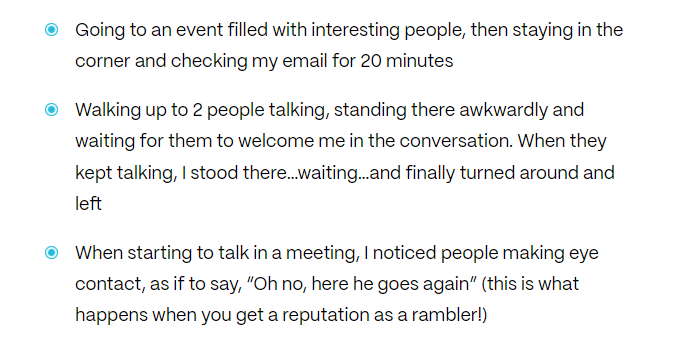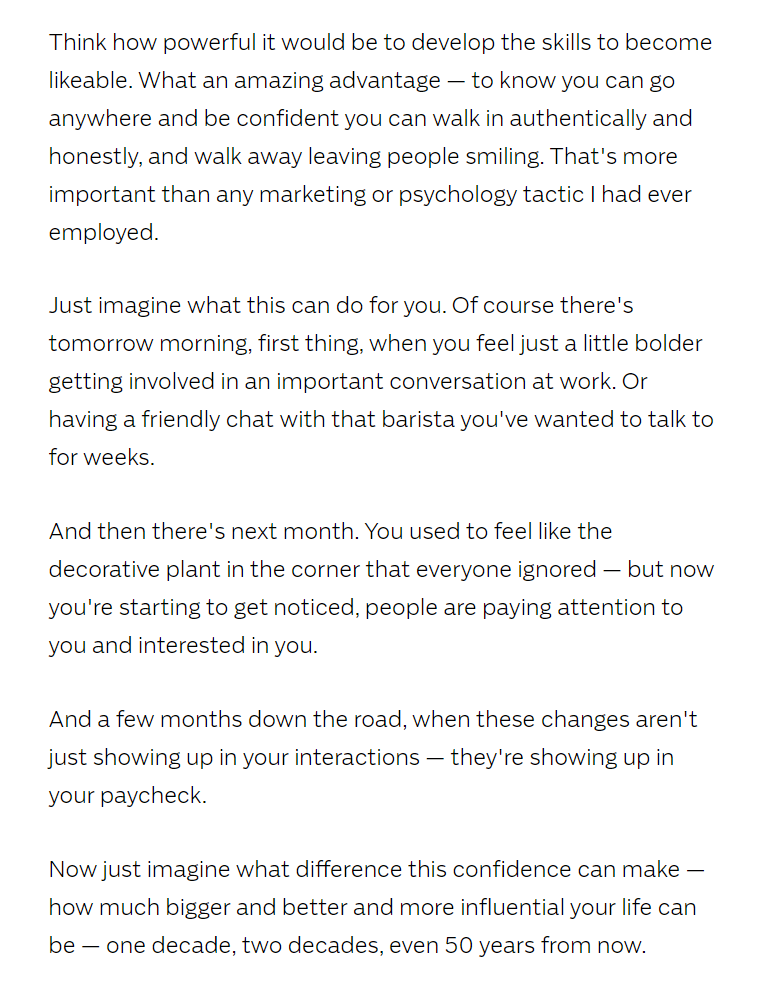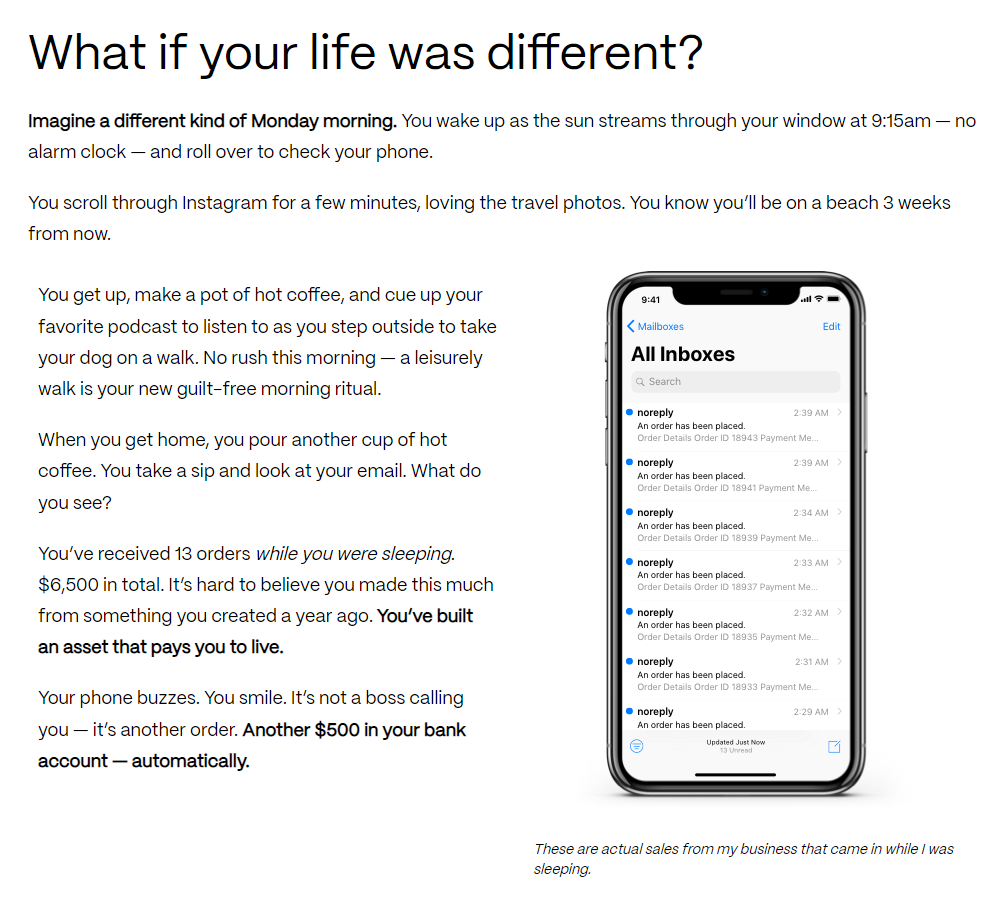How to use future pacing to help your prospect imagine a better life
Imagine a future for your prospect with your product in it.
Picture a specific time in the future when the outcome has been achieved, the pain solved, and the desire fulfilled.
That's future pacing.
Future pacing is a Neuro-Linguistic Programming (NLP) term for the process of mentally rehearsing oneself through some future situation.
In copywriting, it’s a powerful tool to get your prospects to imagine how good they will feel receiving the benefits the product has to offer.
Future pacing is a sort of time traveling.
You ask your reader to travel to a point in the future where his problem is solved.
With your words, you help him visualize what life could be like with your product or service in it. How much better things are when the pain is gone.
You can also use it in the negative. Make them imagine their lives without your product.
A few things you need to consider:
1) You need to understand where your prospect is right now in relation to your product or service. He can be in any of the 5 stages of awareness.
It doesn't make sense to ask unaware prospects to imagine a future with your product in it. They don't even know they have a problem. To do future pacing right, make sure your prospect is at least problem aware.
2) Answer the following questions from your prospect’s perspective:
- How does your product change her life?
- How it makes it better?
- How would she feel using your product?
To use future pacing effectively, you need to know how your product makes your prospect’s life better.
3) Now, identify the changes that need to happen from your prospect’s perspective.
- What has to happen at a professional, personal level, or both?
- What is life like without that problem?
The more specific you can be, the better.
Depending on what you are selling, that time in the future can be days, weeks, months, or years from now. Whatever amount of time it takes for the changes to take place.
4) Then, worded in a way that resonates with your ideal prospect.
Future pacing often begins with phrases like:
- Picture this
- Imagine
- You'll love
- Can't you just see yourself now
- You'll be able to
- Think what it will be like…
- Think how it’s going to feel to…
Or you can help them complete the purchase in their mind. For example:
- Within 5 seconds of sending your payment, you'll get...
- After you've created your account, you'll...
Let’s see a couple of examples from Ramit Sethi. He does a great job taking the reader to that point in the future where she can see herself enjoying the program results.
The first example is from Ramit Sethi’s program “How to Talk to Anybody”
See the entire sales pages here: How to talk to anybody
The problem it solves:
Being socially awkward prevents you from having a normal conversation with other people. You don’t know what to say and how to say it. To make it worse, when you do say something, you say the wrong thing.

Future pacing:
Think how powerful it would be to ...
Just imagine what this can do for you...
By using “think how” and “just imagine,” Ramit helps the reader start visualizing herself enjoying the program results.

The reader can see the immediate, short-term, and long-term benefits. See how he does it.
Just imagine what this can do for you:
- Immediately have a conversation with colleagues or strangers. (immediate benefit)
- Next month, you are starting to get noticed. (short-term benefit)
- In a few months, you start seeing results not only in your personal life but also in your professional one. (short-term benefit)
- Keep imagining how different your life can be one decade, two decades, or even 50 years from now. (long-term benefit)
It’s specific but generic enough in the language it uses so the majority of his prospects can identify with the situation. If you are too specific, some prospects might think this is not for them.
Your job is to create enough imagery so the prospect can fill in the details himself.
Let’s see one more example.
In this case, Ramit's program Earnable.
Ramit presents the struggle in a kind of negative future pacing. He makes the reader visualize a life without the product.

And then makes her visualize a life with the product.
Imagine a Monday morning. You wake up as the sun streams…

Use future pacing in your copy to create a future for your prospects.
Begin with phrases like “Picture this”, “Imagine”, or similar followed by a specific time in the future. Depending on the product type, that time can be days, weeks, months, or years. Then, move them swiftly and steadily into that future.
